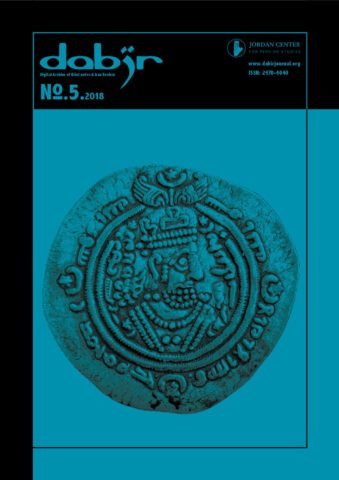Razieh Taasob is a numismatist and archaeologist. She received her B.A.
and M.A. in the archaeology of pre-Islamic Iran and Central Asia from
Azad University of Tehran, Iran. Her M.A. dissertation was titled,
“Studying the Iconography of Early Kushan and Great Kushan.” Tassob was
a project coordinator and research associate at the Research Institute
of Cultural Heritage and Tourism Organization of Iran (ICHTO) for the
International Project of Serial World Heritage Nomination of the Silk
Roads. This was under the co-supervision of ICHTO and UNESCO from
2008–2010. Given her background in archaeology, Razieh has participated
in the excavation of numerous historical sites in both Iran and
Uzbekistan, the latter of which complemented her rigorous research
regarding the coinages of the Kushan and other Indo-Iranian dynasties.
She earned her PhD from the Institute for Numismatics and Monetary
History of the University of Vienna for her thesis entitled, “Early
Kushan Coinage in the Context of Exchanges and Contacts across
Indo-Iranian Borderlands”. In her dissertation, she addressed several
controversial subjects within the field of Central Asian Numismatic
particularly the early Kushan period (first two centuries CE). Before
joining the University of Freiburg, in 2017–19 she was Associate
Professional Specialist for Central Asian Numismatics of the Department
of Rare Books and Special Collections at Princeton University.
Razieh Taasob was a member of the BaSaR project from 1 September 2019 to 28 February 2020.

